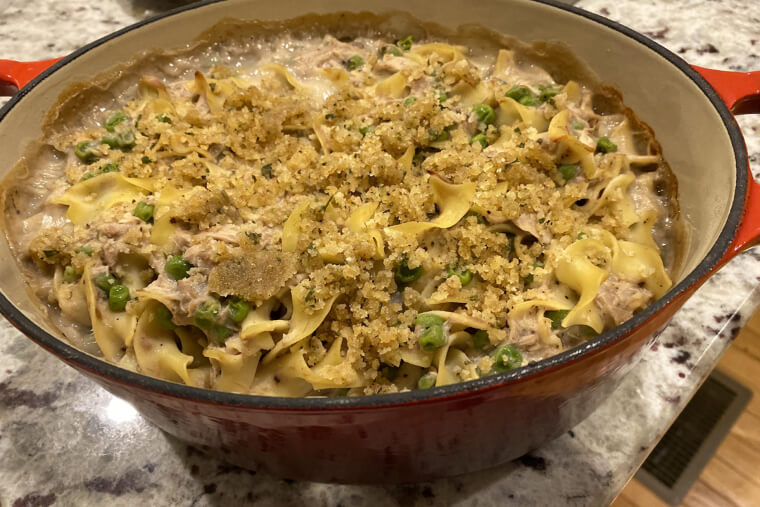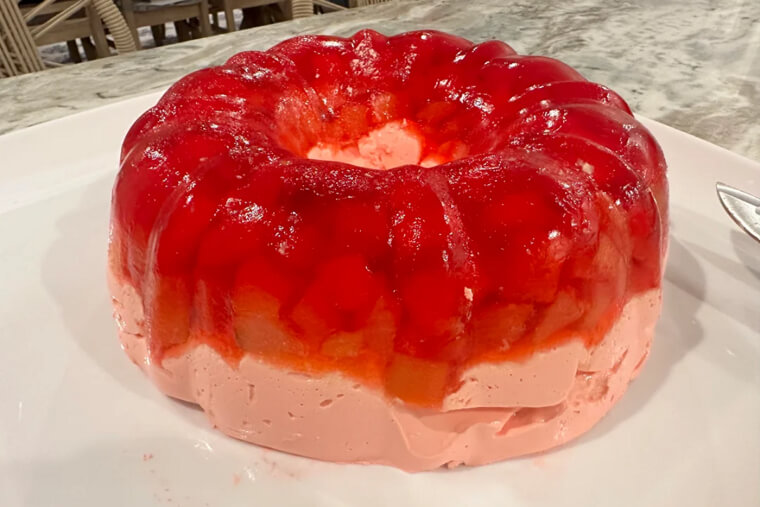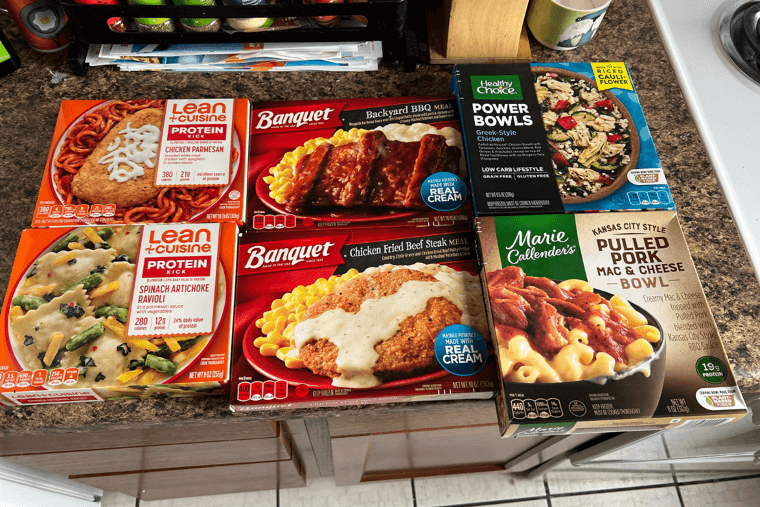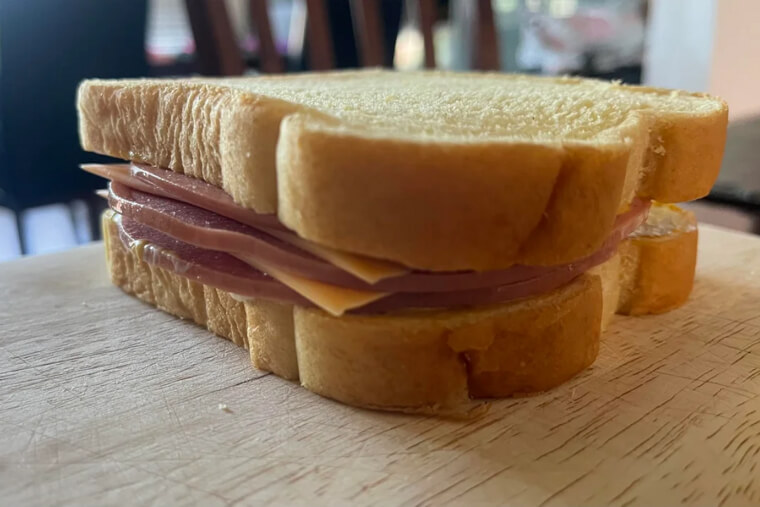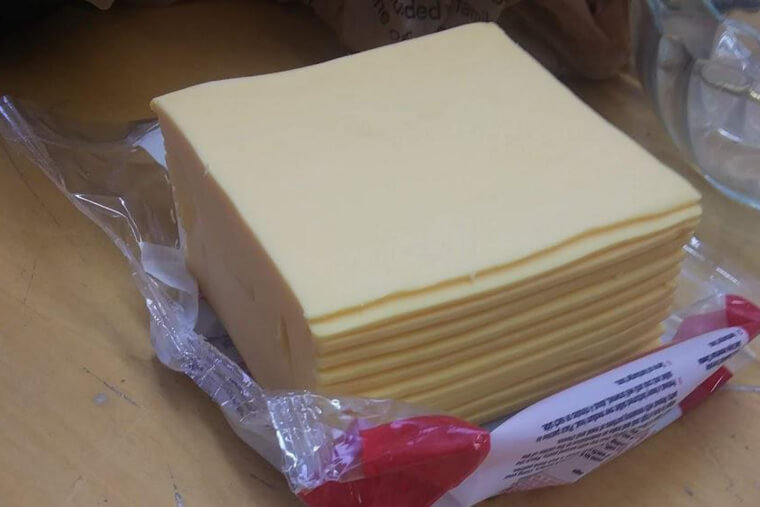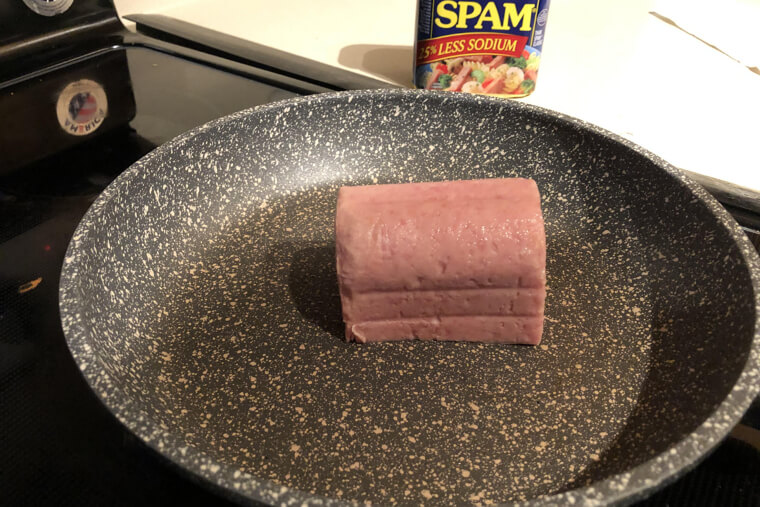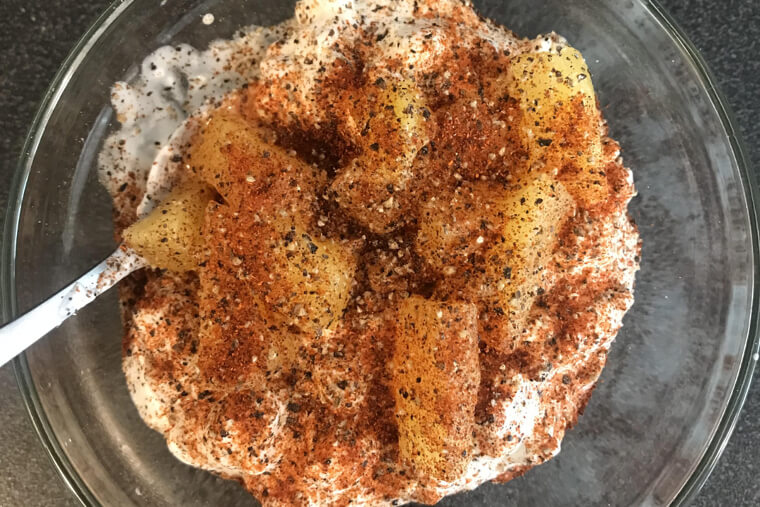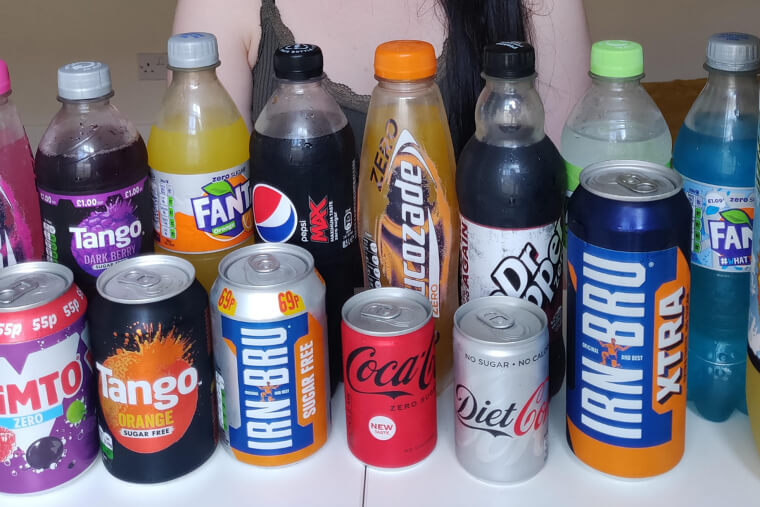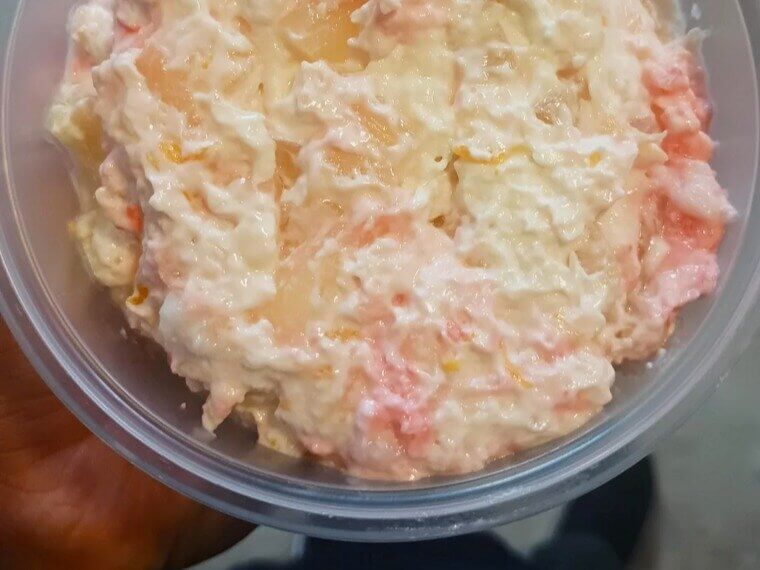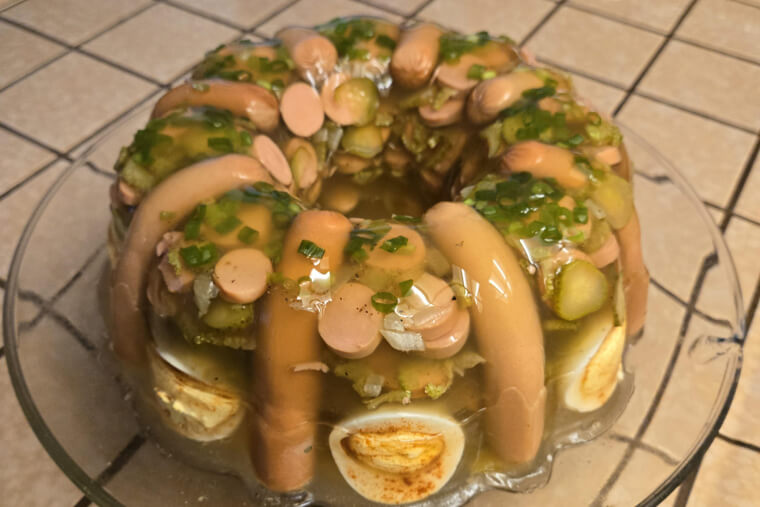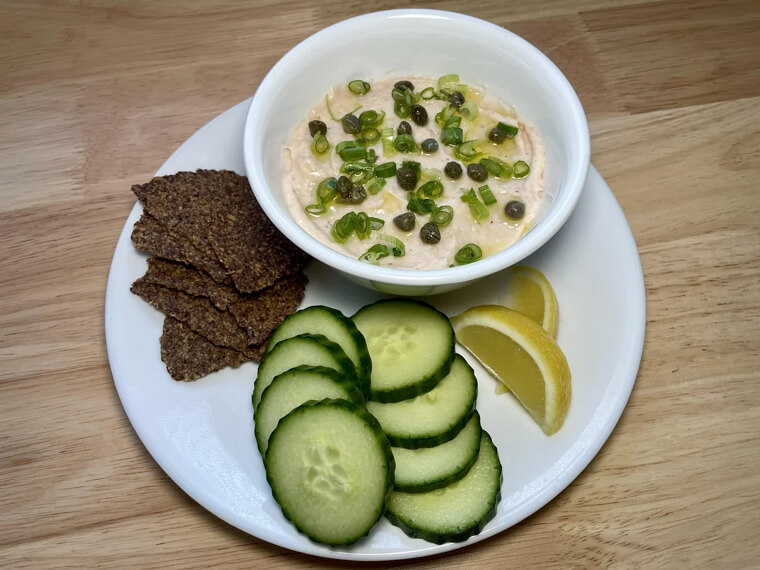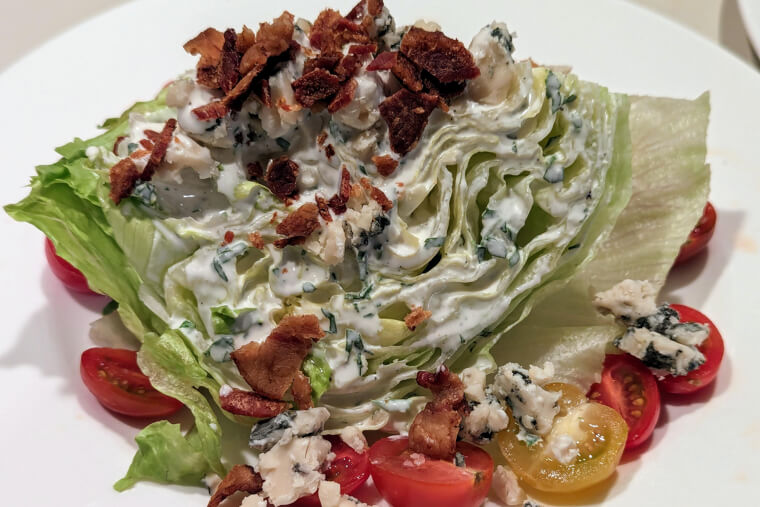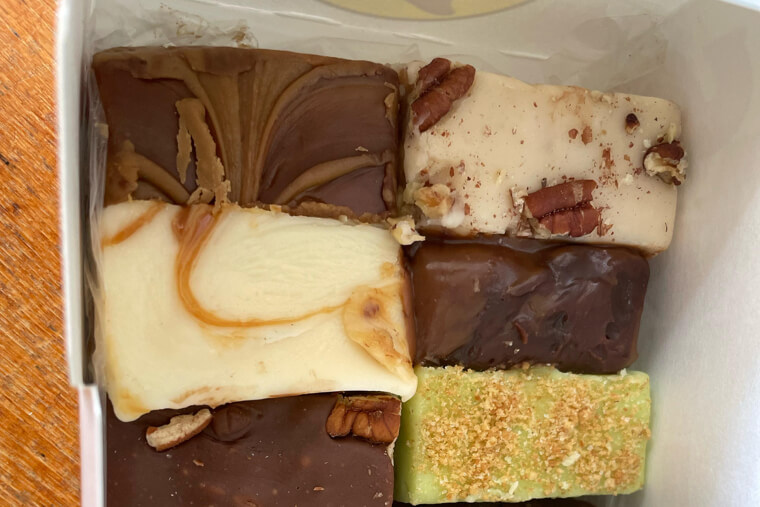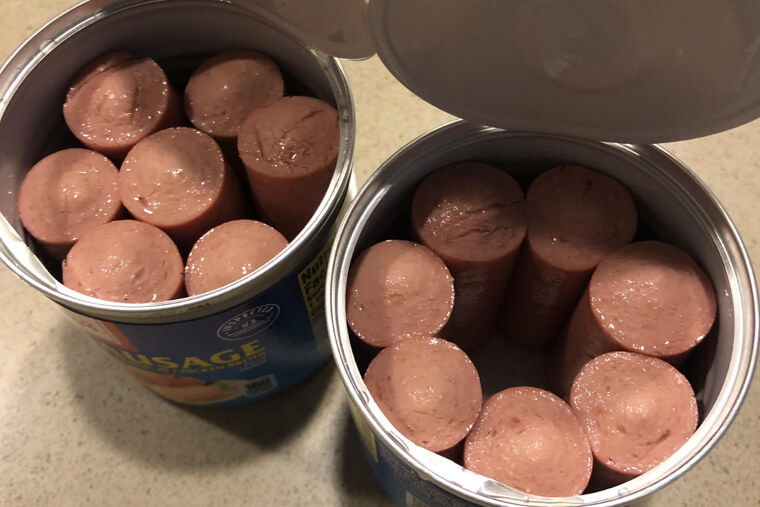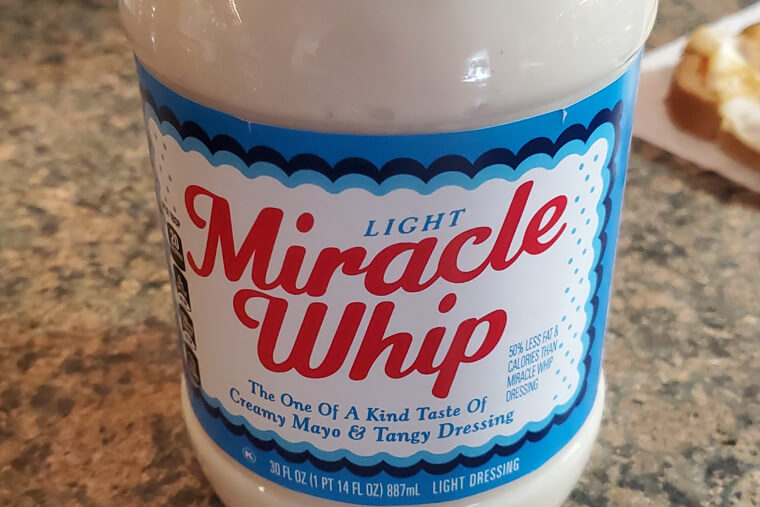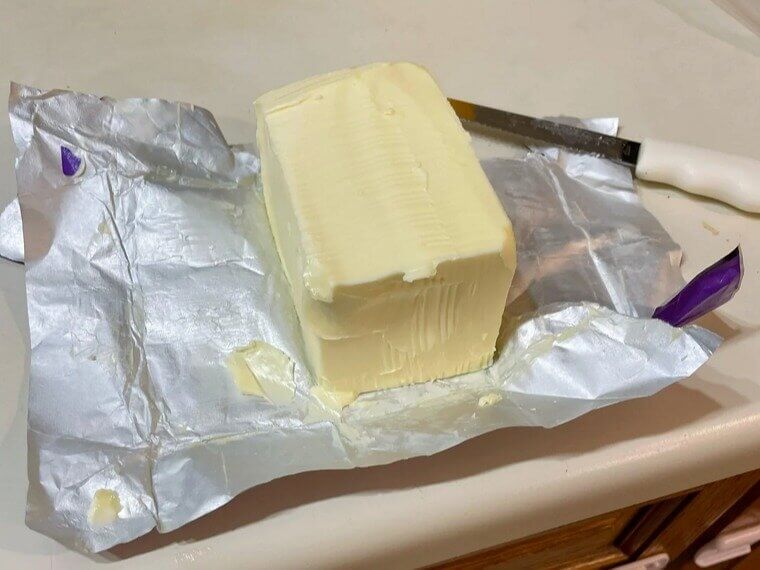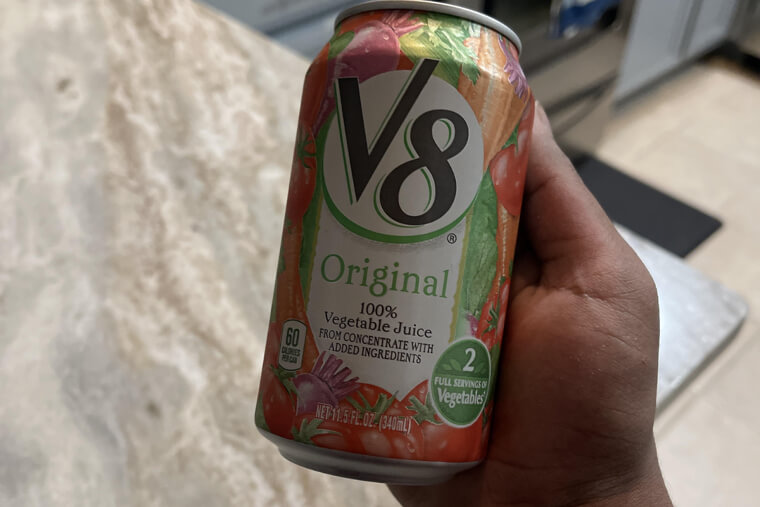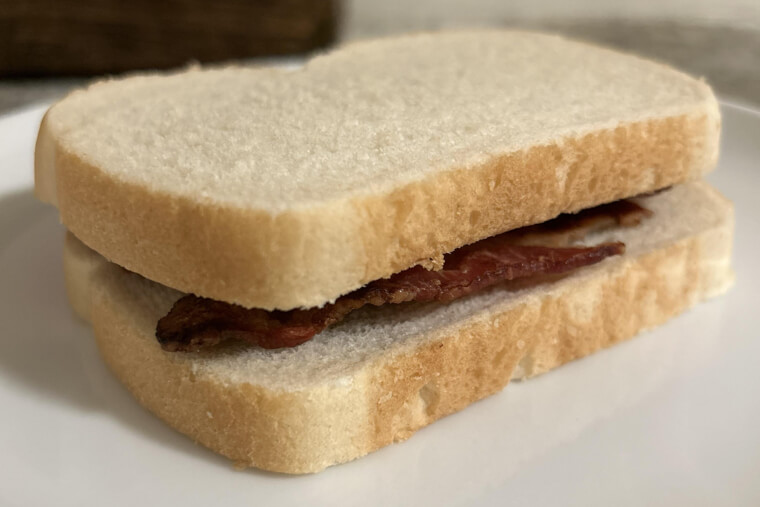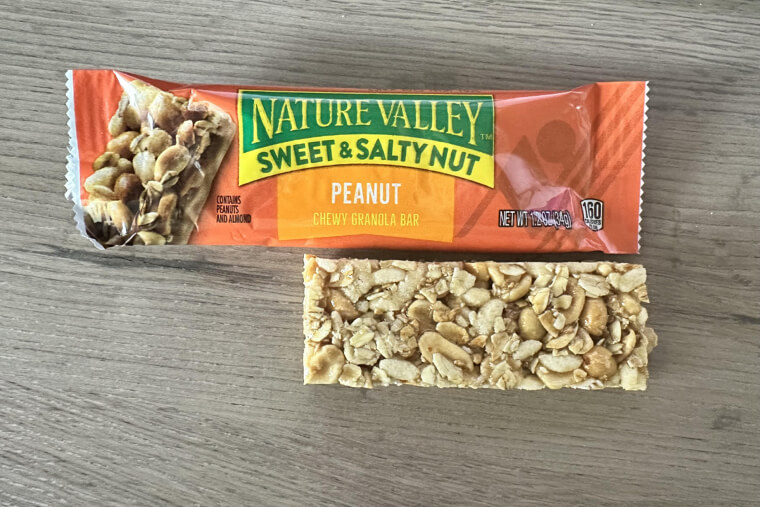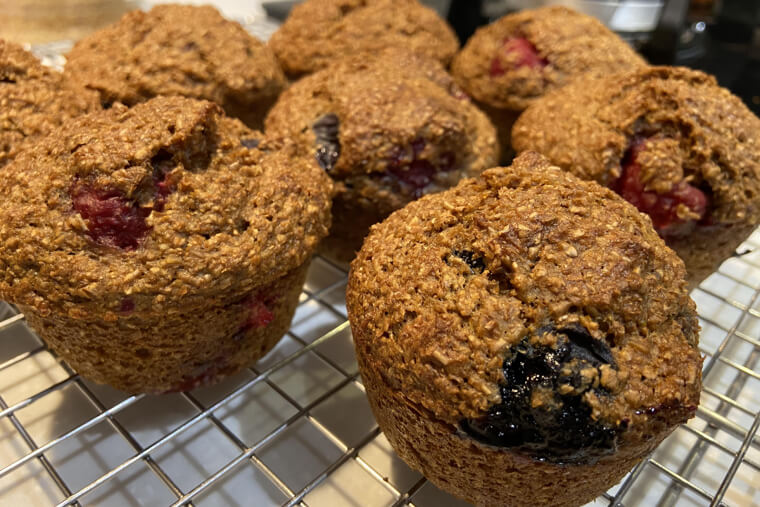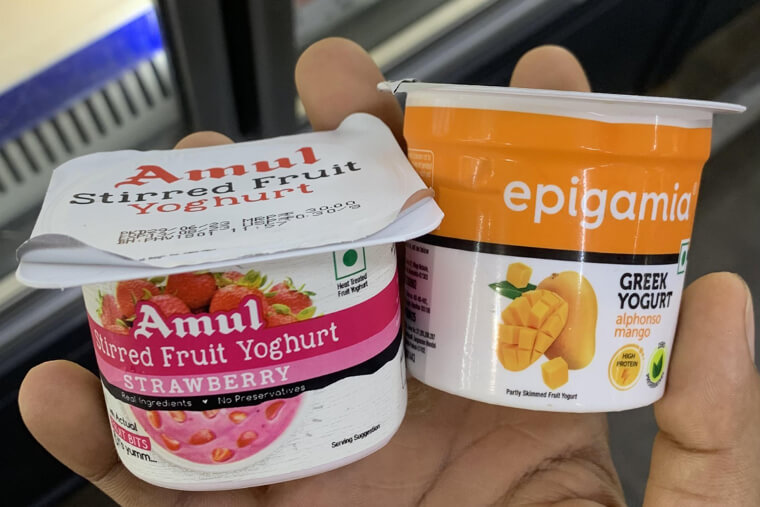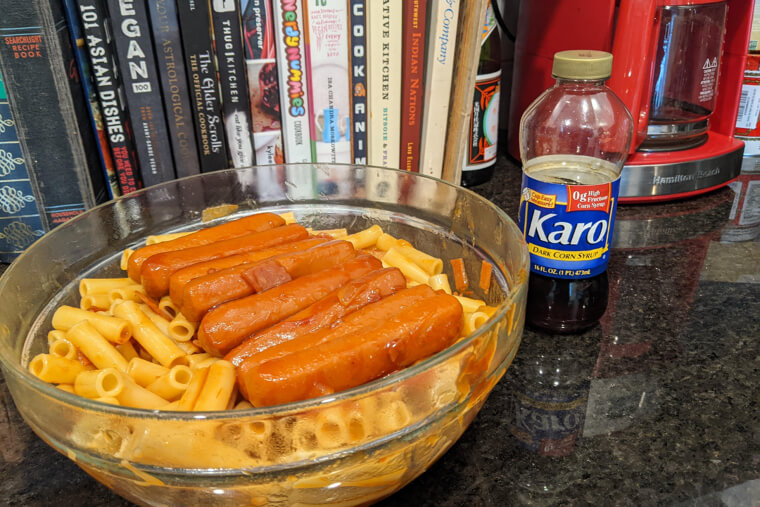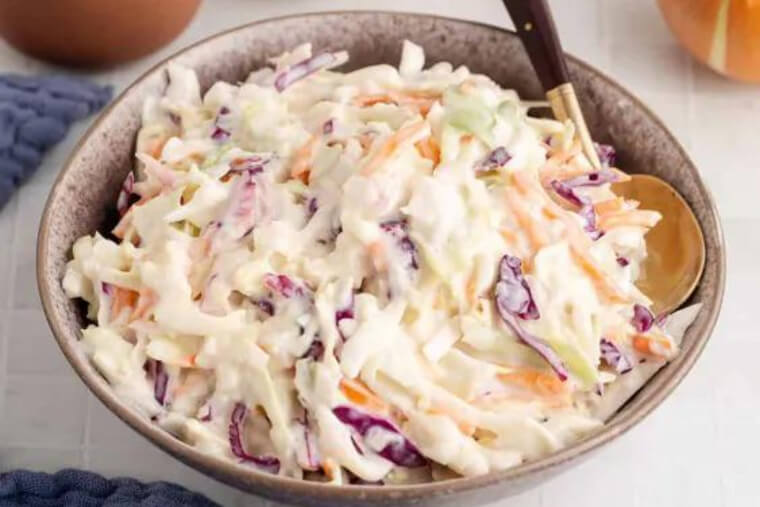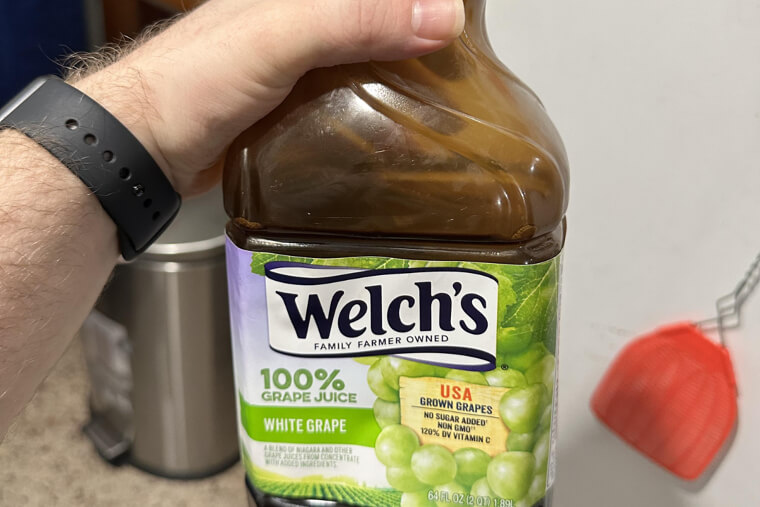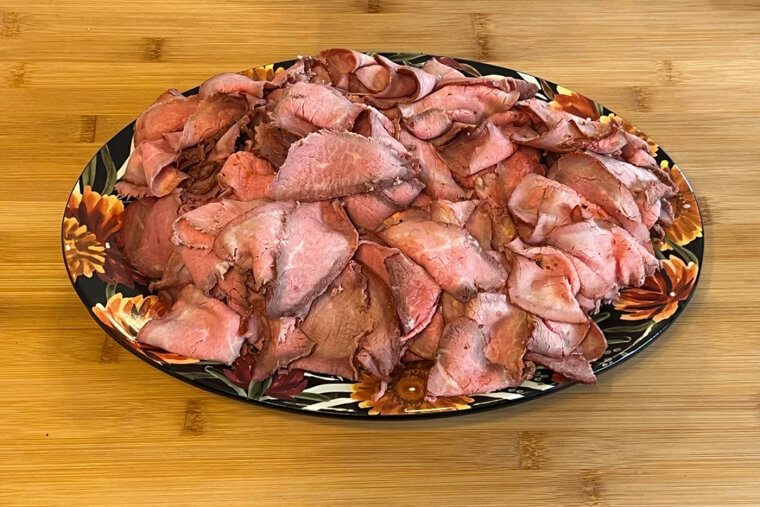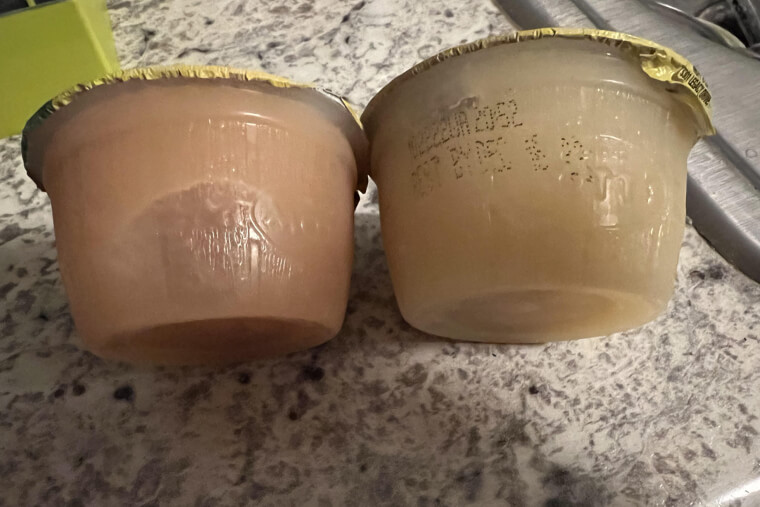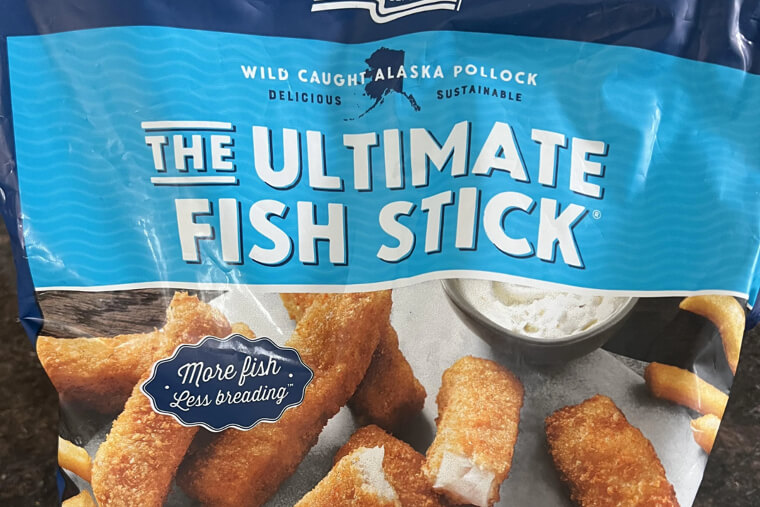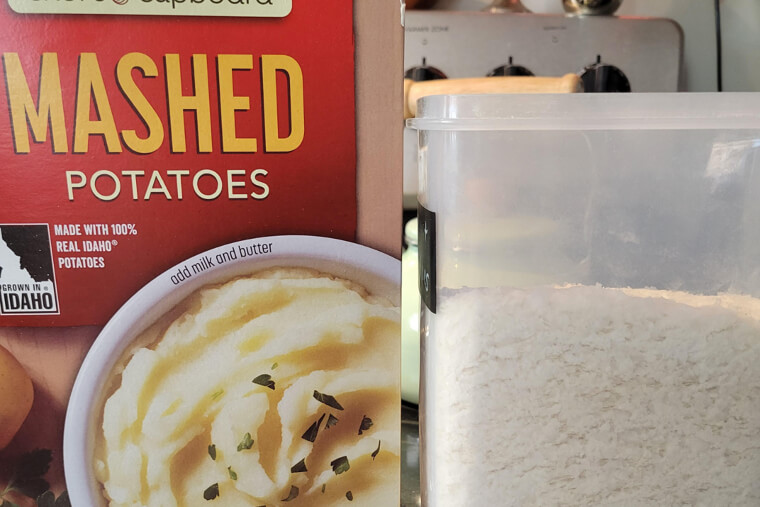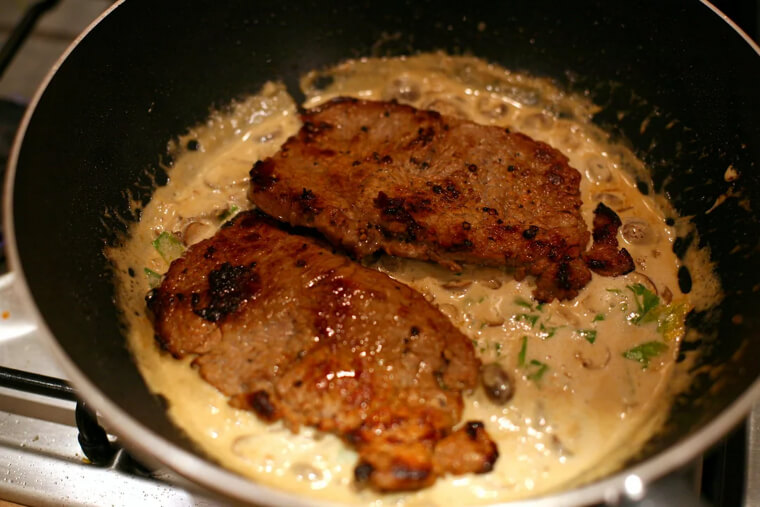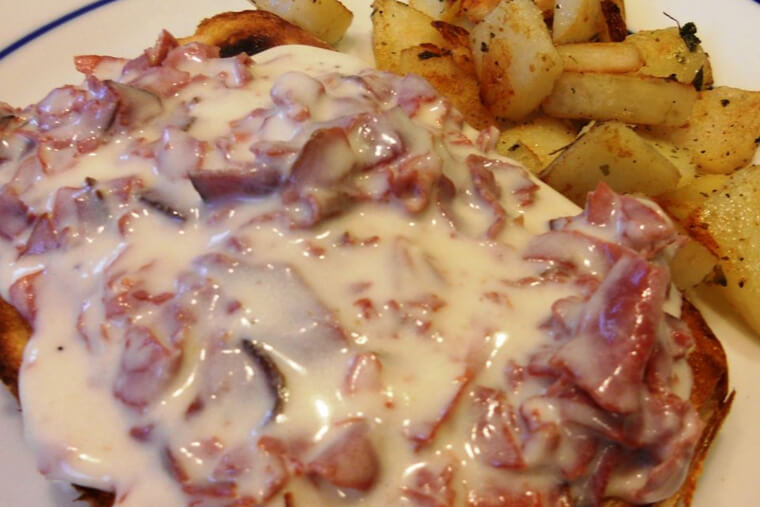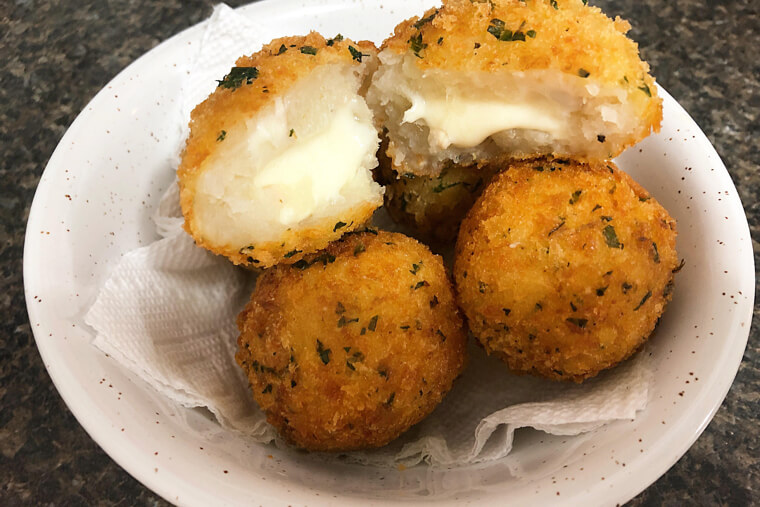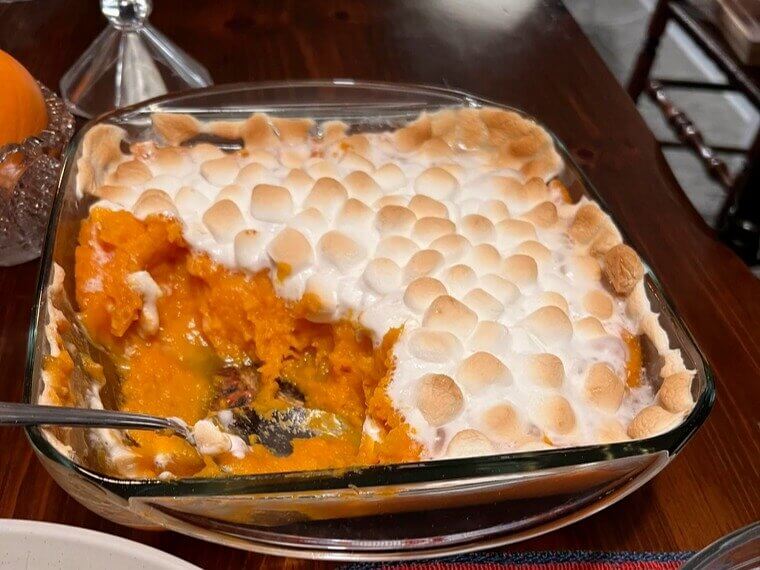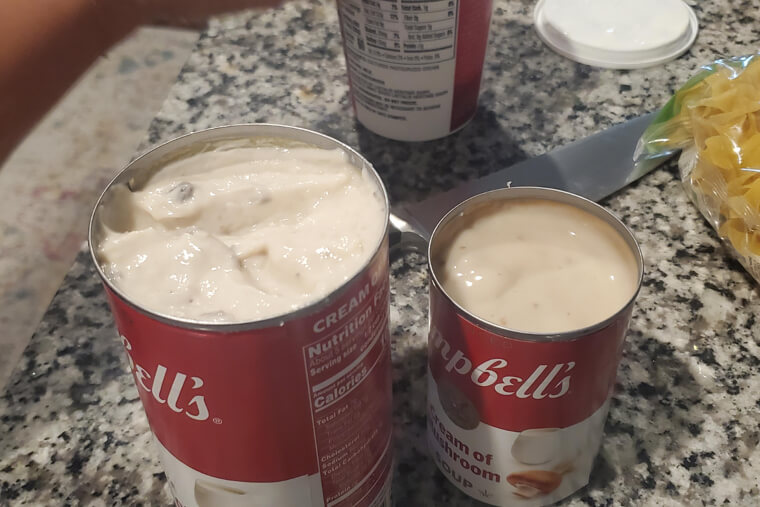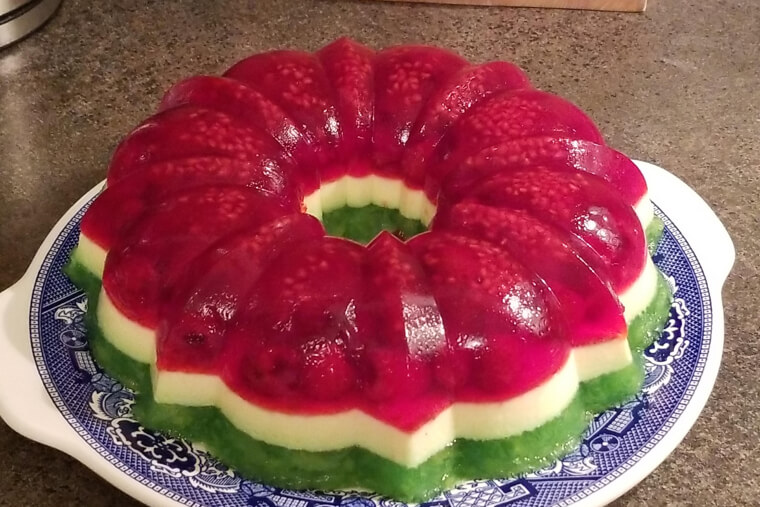Canned Fruit Cocktail in Syrup
Back in the '60s, anything with fruit in the name seemed healthy. Canned fruit cocktail was a lunchbox staple and dinner table regular. Turns out those sad little cubes of fruit were drowning in heavy syrup that was basically just sugar water. The actual fruit content was minimal, and all that syrup turned a "healthy" snack into a sugar bomb.
Tuna Casserole With Condensed Soup
Tuna casserole was considered a nutritious, budget-friendly family meal. Mix some canned tuna with condensed cream of mushroom soup, add noodles, and top with crushed chips, and dinner's done. The problem is, condensed soup is packed with sodium and preservatives, and the whole dish was basically a salt delivery system disguised as protein and vegetables.
Jell-O Salads With Canned Fruit and Whipped Topping
If it was called a "salad," it had to be healthy, right? Jell-O molds with suspended canned fruit and Cool Whip were everywhere at potlucks and holiday dinners. But gelatin desserts are mostly sugar and artificial flavors, the canned fruit added more sugar, and whipped topping is just oil and chemicals. Nothing salad-like about it.
TV Dinners
TV dinners were modern and convenient; what could be wrong with that? Everything came pre-portioned in those aluminum trays, which seemed healthy and controlled. Reality check: they were loaded with sodium, preservatives, and mystery ingredients to make processed food shelf-stable. The vegetables were mushy, the "meat" was questionable, and the nutritional value was basically nonexistent.
Bologna Sandwiches on White Bread
Bologna on white bread with mayo was standard kid lunch fare. Parents thought they were giving their kids protein and carbs, the building blocks of nutrition. However, what they didn’t realise is that bologna is a highly processed meat packed with sodium, nitrates. This sandwich was basically salt, preservatives, and refined flour with little actual nutrition.
Processed Cheese Slices
Those individually wrapped cheese slices seemed like pure, wholesome dairy. They were convenient, kids loved them, and they melted perfectly on everything. Except they weren't really cheese, they were "cheese product" or "cheese food," loaded with emulsifiers, preservatives, and sodium. Real cheese has like five ingredients; these had about twenty.
Spam
Spam was marketed as quality meat in a can, a shelf-stable protein for the whole family. It seemed practical and nutritious, especially for quick breakfasts or sandwiches. But Spam is basically mystery meat mixed with tons of salt and preservatives. One serving has nearly half your daily sodium recommendation. It's survival food, not health food.
Cottage Cheese With Canned Peaches
This was the diet lunch of choice for weight-conscious folks in the '60s. Cottage cheese was seen as a healthy protein, and peaches added fruit, a perfect combination. While cottage cheese itself is decent, those canned peaches came in heavy syrup again, adding loads of unnecessary sugar. The "healthy" lunch was actually pretty sugar-heavy.
Diet Sodas (Artificial Sweeteners)
Diet sodas exploded in the '60s as the guilt-free alternative to regular soda. Zero calories meant zero consequences, right? Turns out artificial sweeteners like saccharin and cyclamate (which got banned) weren't the health miracle they seemed. They mess with metabolism and increase cravings.
Ambrosia Salad
Another "salad" that was really dessert in disguise. Ambrosia mixed canned fruit, mini marshmallows, coconut, and sour cream or Cool Whip into something people genuinely believed was healthy because it had fruit. The sugar content was through the roof, and calling it a salad didn't magically make it nutritious. It was basically candy pretending to be a side dish.
Aspic
Aspic was a savory gelatin with meat, vegetables, or fish suspended inside; basically, Jell-O's weird cousin. It looked fancy and seemed nutritious with all that protein and vegetables. But it was mostly gelatin (basically no nutrition), tons of salt, and whatever mystery ingredients made it shelf-stable.
Tuna or Salmon Mousse
Mousse sounds elegant, and fish is healthy, so tuna or salmon mousse seemed sophisticated and nutritious. It was popular at parties and nice dinners. But these mousses were loaded with mayonnaise, cream, and gelatin, way more fat and sodium than actual fish. The healthy fish part was overwhelmed by everything else mixed in.
Iceberg Lettuce Salads With Heavy Dressings
Salad equals healthy, so iceberg lettuce drowning in thick creamy dressing must be nutritious. Iceberg lettuce is basically crunchy water with almost no nutritional value, and those heavy dressings, your ranch, thousand island, and blue cheese, were loaded with fat, sodium, and calories. You'd be better off eating the dressing with a spoon and skipping the lettuce.
Meat-Flavored Fudge
Yeah, this was a real thing. Meat companies tried to make fudge with beef or liver extract, marketing it as a protein-packed sweet treat. It sounds insane now because it was insane then, too. Sugar is still sugar, and adding meat flavoring doesn't make candy healthy.
Vienna Sausages in a Can
These tiny sausages seemed like quick protein. Kids ate them straight from the tin. But Vienna sausages are highly processed, packed with sodium and preservatives, and made from questionable meat scraps. They're basically hot dogs' less healthy cousins, which is saying something.
Miracle Whip-Based Salads
Miracle Whip was marketed as lighter and healthier than mayo, so using it in potato salad, macaroni salad, or egg salad seemed smart. It's got less fat than mayo but way more sugar to compensate for flavor. All those "salads" were still heavy, calorie-dense, and loaded with sodium.
Low-Fat Processed Spreads
When the low-fat craze started in the late '60s, companies created spreads that were "healthier" alternatives to butter. Less fat must mean healthier, right? Nope. They replaced fat with salt, chemicals, and weird additives to make them taste like something. Natural butter in moderation would've been better than these Frankenstein spreads.
Canned Tomato Juice
Tomato juice seemed like a virtuous vegetable drink. People drank it thinking they were getting nutrients and vitamins. While tomatoes are healthy, canned tomato juice is loaded with sodium.
White Bread Sandwiches
White bread was THE standard. Nobody questioned whether it was healthy because bread is bread, right? Wrong. White bread is refined flour stripped of nutrients and fiber. It spikes blood sugar, provides almost no nutrition, and basically turns to sugar in your body.
Granola Bars
Granola bars hit the market in the late '60s as healthy snacks for active people. They had oats and nuts, so they seemed nutritious. But most were held together with sugar, corn syrup, and oils. They were basically candy bars disguised as health food.
Bran Muffins
Bran muffins were the health-conscious breakfast choice. Fiber is good for you, so bran must make these muffins more nutritious. Except most bran muffins were loaded with sugar, oil, and calories to make all that fiber actually taste good. You were basically eating cake with some bran sprinkled in.
Sweetened Yogurt
Yogurt started gaining popularity in the '60s as a health food. It had probiotics and calcium. But most yogurt sold was loaded with sugar and fruit preserves to appeal to American tastes. Some had more sugar than ice cream.
Weineroni Casserole
This delightful combo of hot dogs and macaroni was a family dinner staple. It had protein (hot dogs) and carbs (pasta)—seemed balanced. But hot dogs are among the most processed meats out there, full of sodium, nitrates, and questionable parts. Add refined pasta and you've got a nutritional disaster disguised as comfort food.
Mayonnaise-Heavy Coleslaw
The '60s version of coleslaw drowned shredded cabbage in mayonnaise until it was more mayo than vegetable. All that mayo meant tons of fat and calories. Any nutritional benefit from the cabbage got overwhelmed by everything mixed in.
Grape or Orange "Fruit" Drink
These bright-colored drinks had "fruit" in the name and vitamins added, so parents thought they were giving kids something nutritious. Tang, Hi-C, and Kool-Aid all seemed better than soda. But they were basically sugar water with artificial flavoring and color.
Deli Meats
Sliced deli meat was a convenient protein for sandwiches. Turkey, ham, and roast beef all sound wholesome. But deli meats are highly processed, loaded with sodium, and preservatives like nitrates. Some are linked to increased cancer risk.
Applesauce
Applesauce was pure fruit in a jar. What could be unhealthy about that? The problem was that most applesauce came loaded with added sugar. The natural sweetness of apples wasn't enough, so companies dumped in sugar. That "healthy" fruit snack often had as much sugar as a candy bar.
Fish Sticks
Fish is healthy, and these convenient frozen rectangles made it kid-friendly. They seemed like a smart way to get children to eat seafood. But fish sticks are breaded and fried, often made from the lowest quality fish parts, packed with sodium, and usually have more breading than actual fish.
Instant Mashed Potatoes
Instant mashed potatoes were a modern convenience. Just add water and you have a side dish ready. Potatoes are vegetables, so this seemed healthy and practical. But instant mashed potatoes are heavily processed, loaded with preservatives and sodium, and stripped of most nutrients.
Steak Diane
Steak Diane was an elegant restaurant dish that seemed sophisticated and protein-rich. It's steak, surely that's healthy. But the preparation involved butter, cream, brandy, and rich sauce. By the time it reached your plate, any lean protein benefits were drowned in fat and calories.
Chipped Beef on Toast
This classic military dish became a home breakfast favorite. Dried beef and white sauce on toast seemed like a hearty, protein-filled meal. But chipped beef is extremely salty, the cream sauce is loaded with fat and sodium, and white toast adds refined carbs.
Cheese Balls With Crackers
Cheese balls were party staples. These decorative appetizers seemed like classy, nutritious snacking. But cheese balls were usually made from cream cheese mixed with processed cheese, heavy cream, and tons of salt. Rolling them in nuts didn't make them healthy.
Marshmallow-Topped Sweet Potato Casserole
Sweet potatoes are healthy vegetables, so this holiday casserole seemed nutritious. Adding marshmallows and brown sugar was just making vegetables more appealing. Except you were basically turning a healthy vegetable into dessert. The sugar overwhelmed any nutritional benefit.
Canned Cream Soups
Cream of mushroom, cream of chicken, cream of celery—these seemed wholesome and comforting. They were soup, which is healthy, and cream sounds rich and nourishing. But canned cream soups are loaded with sodium, preservatives, and very little actual cream or vegetables.
Citrus Fruit "Gelatin" Desserts
These sparkly molded desserts had citrus in them, so they must have vitamin C and be somewhat healthy. They looked fancy and contained "fruit." But they were just more Jell-O—sugar, artificial flavor, artificial color—with some citrus flavoring added.


